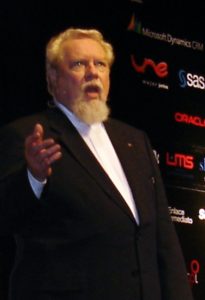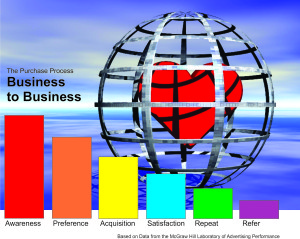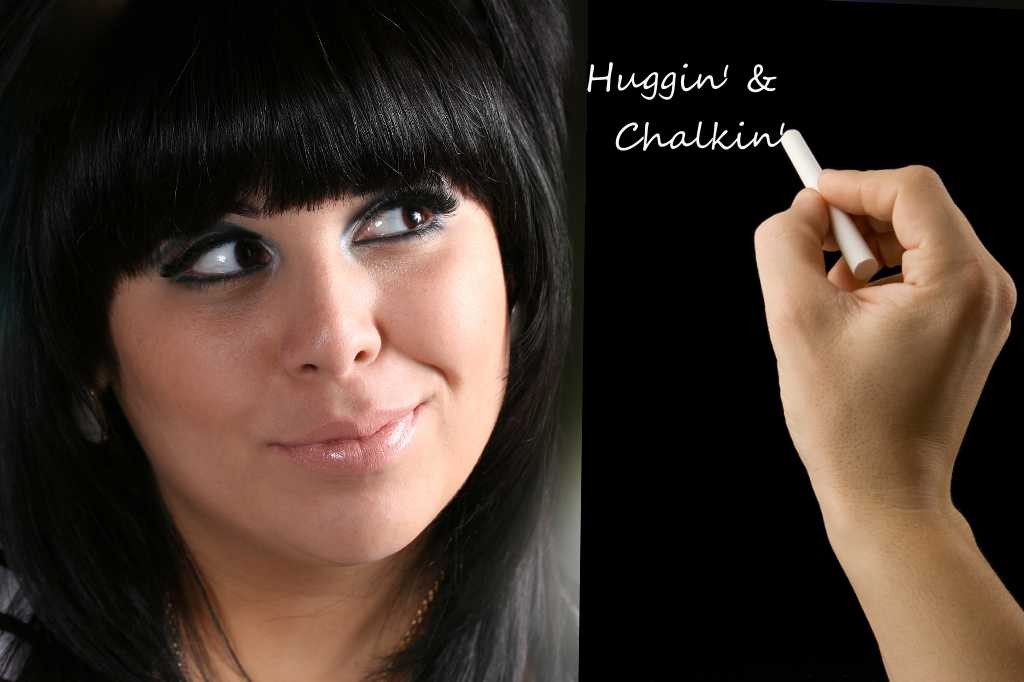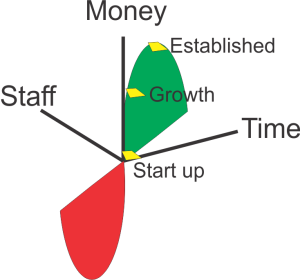 Plunging down the mountain side in a cab from the airport in Medellin, Colombia, Don Pepper and I were comparing notes on our careers in advertising.
Plunging down the mountain side in a cab from the airport in Medellin, Colombia, Don Pepper and I were comparing notes on our careers in advertising.
He didn’t mention the fact that I had excused myself early from the luncheon attended by the sponsors and their key prospects.
Neither of us commented on the fact that the same translator that was working the lunch was also the translator for my after-lunch keynote.
I found out the hard way.
About half a minute into my opening comments a gentleman about 6 rows back started waving both arms in the air.
I asked him in my best high school Spanish, “Que pasa?”
He said in heavily accented English, “No translator!”
I said without thinking, “I will speak v e r y s l o w l y.”
The audience, some 600 strong, joined me in laughter. About a half minute later the translator was ready to go.
Tener Confianza
The key thought in that speech was Trust (Confianza) plus time = success. I talked about what it takes to be successful in business today, on and offline:
- Trust in yourself
- Trust in your staff
- Trust in your company
- Trust in your customer
That trip, I was to learn, was all about Confianza.
Because I was scheduled to speak at a convention in Reno, Nevada the following day, the meeting planner and I had tried every trick we knew to get me back there on time. It came down to having to leave for the Medellin airport as soon as I came off the stage.
The cab was ready, I wasn’t.
There had not been time to change to traveling clothes before heading for the airport. I figured I could change before boarding.
Nope. I was hustled onto the plane as the doors were closing by airline staff that had been alerted.
Tener Confianza
I had to change planes in Bogota so I figured I could slip into a bathroom, pull my jeans and sweatshirt out of my carry on and be comfortable for the remainder of my 16-hour commute.
The Bogota Airport was being remodeled.
The only bathroom available near my gate was a standard stall. The rest of it was under construction and open to the waiting room.
Contortionists have it much too easy. I’m not that supple. But I managed to change and make my flight.
Now I know why superman wears his costume under his suit.
Tener Confianza
When I changed planes in Houston I called the meeting planner at the conference in Reno and let her know I was back in the USA and my arrival information.
There was a limo driver holding up a sign with my name on it when I arrived.
The meeting planner wanted to make it easy for me. She knew how arduous it can be just getting there. That gift of not having to rush to find a cab, check in and don my suit to make it to the platform on time is one I will never forget.
Tener Confianza
- En ti mismo
- En su personal
- En tu compañía
- En su cliente
 Websites:
Websites:
Speaking: www.NetworkingNinja.com
Consulting: www.JerryFletcher.com
Brand: www.BrandBrainTrust.com
(Personal Brand Network beBee Featured this week)









